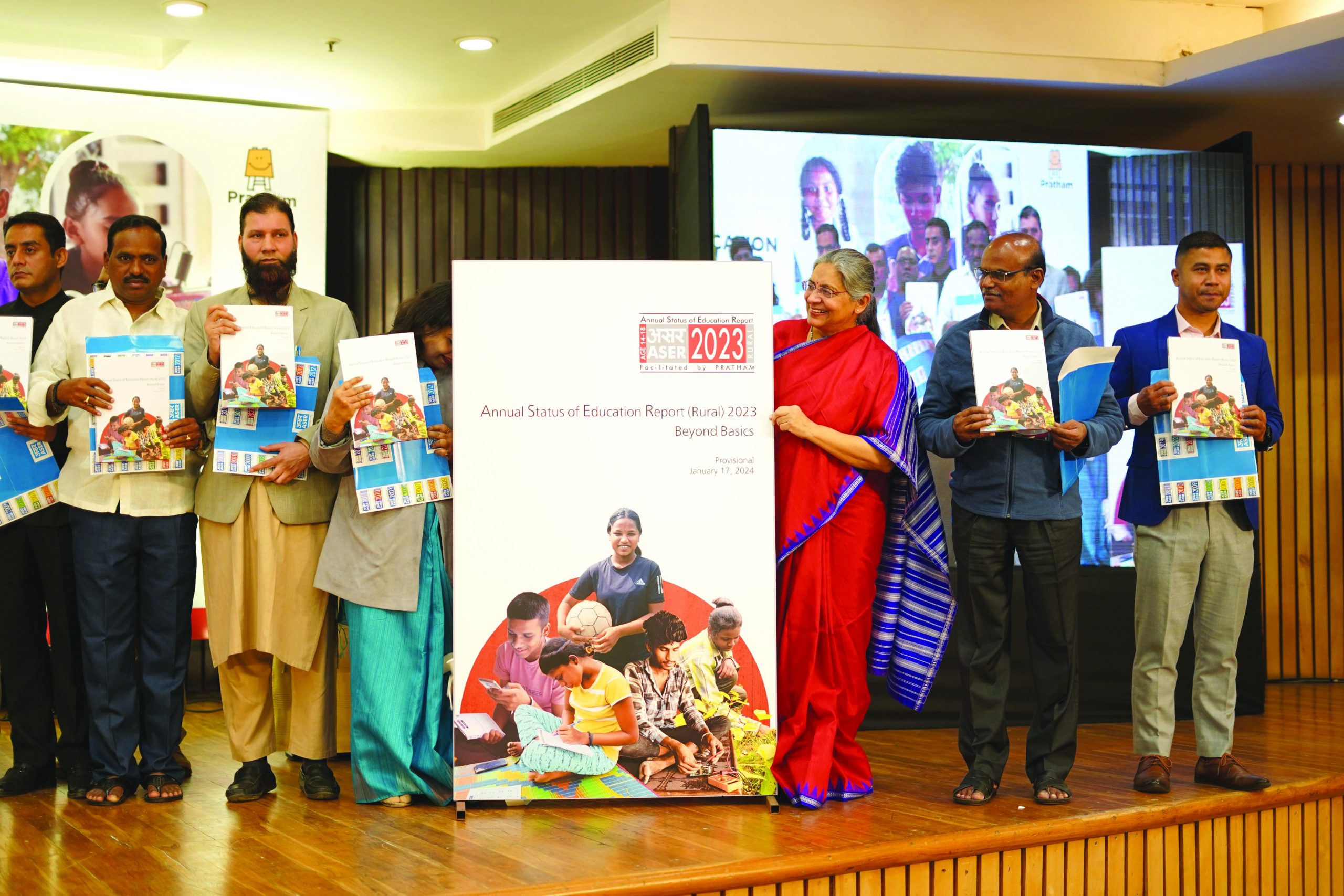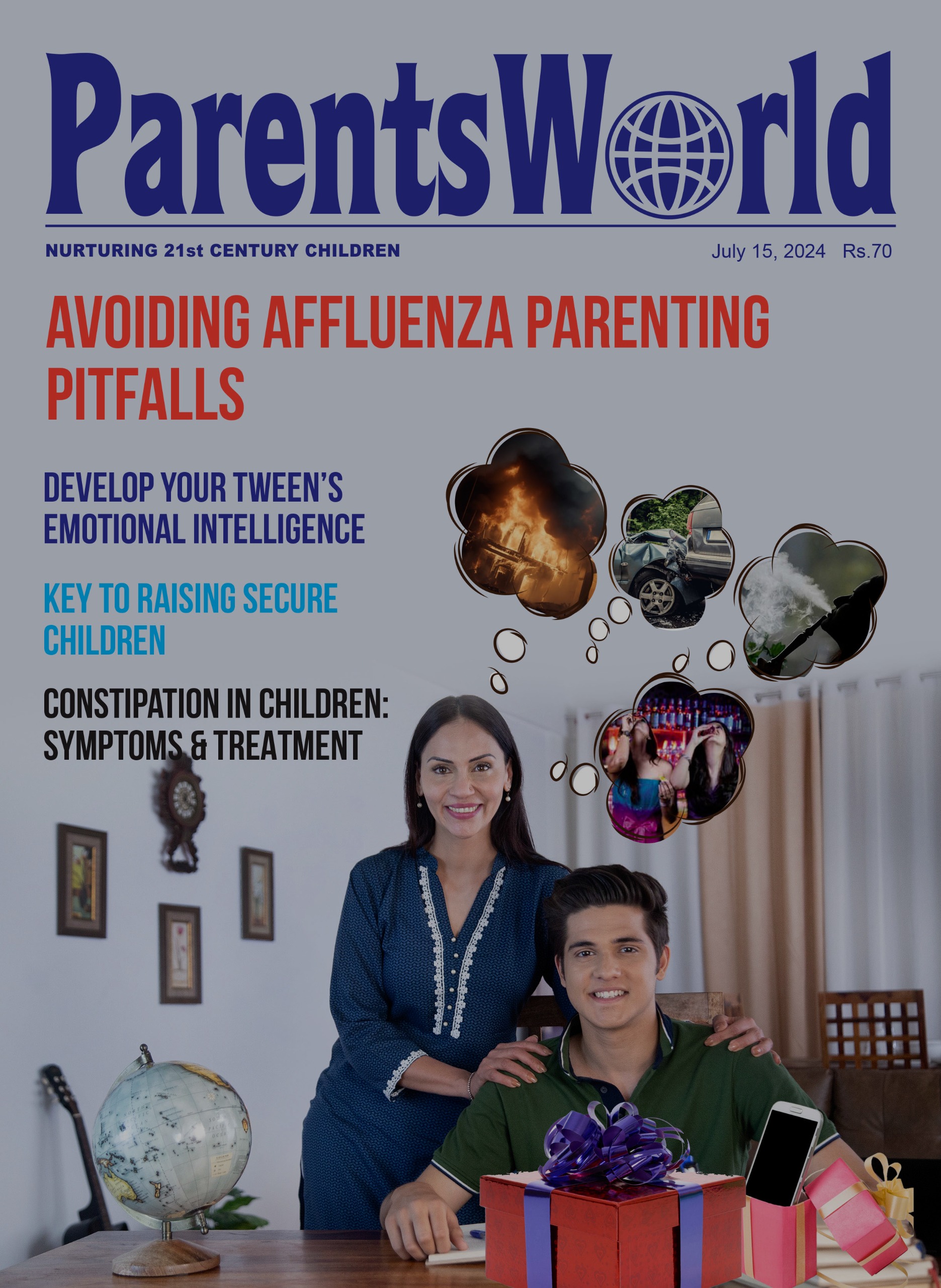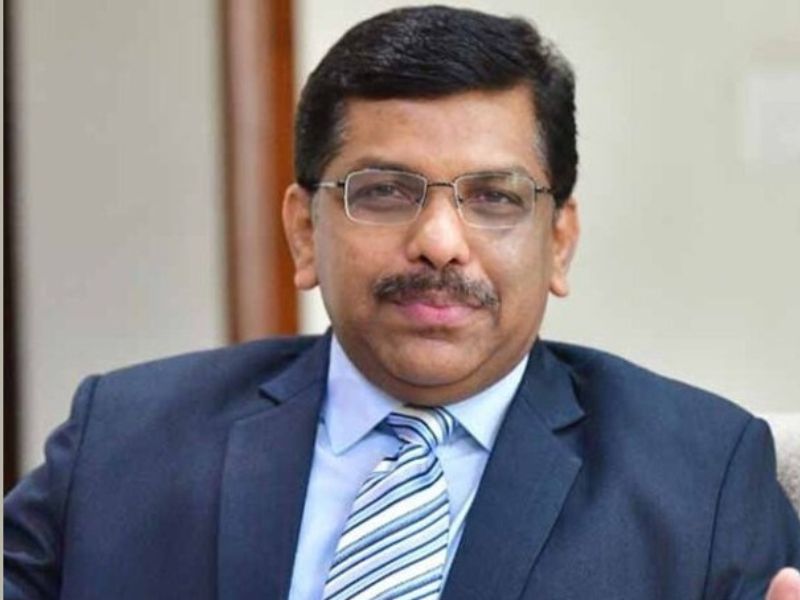Autar Nehru (Delhi)

The Annual Status of Education Report (ASER) published every year by the independent not-for-profit Pratham Education Foundation (estb.1995) usually field tests primary school (classes I-VIII) children in rural India to measure their real learning outcomes. An army of over 1 lakh volunteers — mainly college and university students — test the reading and maths capabilities of children in household, not school/classroom, surveys.
As such the annual ASER survey has acquired an excellent reputation for independent reporting which is respected by government and the establishment, including the academy for providing an accurate picture of learning outcomes of primary school children in rural India which hosts 60 percent of the country’s 1.4 billion citizens. This, despite ASER painting a dismal picture of children’s learning attainments year after year.
In 2017, the Pratham management broke with tradition to examine the learning outcomes of a representative batch of teenage secondary and higher students. ASER 2023 released on January 17 in Delhi, again reports on the learning outcomes of rural teens in the 14-18 age group whose learning was severely impacted by the prolonged (82 weeks) closure of K-12 education because of the Covid-19 pandemic.
ASER 2023 ‘Beyond Basics’ explores four key domains — academic capability, awareness and digital aptitude, and aspirations of a sample size of 34,745 teens drawn from 28 districts in 26 major states across the country. The survey work began in March 2023, was completed by July and the report was prepared in December. The representative sample youth was tested in basic reading, math and English capability; ability to do everyday math calculations; reading and understanding written instructions.
Unsurprising but still shocking, ASER 2023 confirms that a sizeable proportion of our secondary students do not have basic reading and numeracy skills. Over 25 percent (26.4) of teens in the 14-18 age group can’t read a class II text in their regional language (cf. 23.4 percent in 2017). In arithmetic, 43.3 percent can’t do a simple division sum (39.5 percent in 2017) indicating that learning outcomes of teens have declined because schools were shuttered during the Covid-19 pandemic (2020-21).
More bad news. Over 40 percent (42.7) can’t read a sentence in English. Moreover while 85 percent of surveyed youth can measure length using a scale when the starting point is 0 cm, when the starting point was moved, only 39 percent could. Overall, close to 50 percent senior and higher secondary students casually promoted year after year, can’t manage common tasks such as calculating time, adding weights and calculating discounts and repayments. The possibility of their being routinely short-changed and swindled by rural retailers and moneylenders is huge.
The only silver lining of this unhappy picture is that children — even rural children in this age group — are digitally savvy. Smartphone penetration into rural India is enabling India’s youth to self-learn. ASER 2023 reports that almost 90 percent of teens have access to a smartphone in the household and know how to use it. Almost all youth (90.5 percent) report having used social media in the reference week, including 87.8 percent of girl children. Two-thirds report having used it for some education-related activity during the reference week, such as watching online videos related to academic studies, resolving doubts, and exchanging notes.
“Widespread smartphone ownership combined with cheap data presents a huge challenge because of risks of distortion of information. But it is also a huge opportunity for education of the type that is not offered in schools and colleges. For example, there is a great need for sexual and reproductive health education that can be made available to males and females through the ICDS (Integrated Child Development Scheme) and primary health center channels. Agriculture, or broadly Natural Resource Management, is another subject that is not offered in rural schools and colleges, at least not on the scale it should be,” writes Madhav Chavan, president of the Pratham Education Foundation.
Nevertheless digital competence is not an adequate substitute for conventional primary education, especially basic reading and numeracy skills. ASER 2023’s revelation that more than 25 percent in the 14-18 age group can’t read a simple class II textbook fluently and over 55 percent can’t do simple math sums after completing primary-secondary education is bad news for the Indian economy which is clocking GDP growth of 7 percent per year. It means India Inc is certain to experience a severe shortage of sufficiently literate and skilled employees in the near future. Although self-learning through digital media can ameliorate the situation, it is no substitute for sound primary (and pre-primary) education.
“One of the consequences of universal elementary education is that it raises student and family aspirations for an academic pathway leading to white collar jobs. Not only does this lead to cutthroat competition for getting into colleges, but it also closes young minds to the possibility of exploring other livelihood pathways for progress. The responsibility for creating a new highway for transition from school to work lies not only on the education system but also with industry. Developing a variety of effective paths to help young people find productive livelihoods so that they can live fruitful lives is one of the major challenges facing India today,” writes Rukmini Banerji, CEO of Pratham in ASER 2023.
But with government (Centre plus states) expenditure for public education stuck in the 3-4 percent of GDP bog for the past seven decades as against the global average of 5 percent and OECD countries’ 7-10 percent, the future of India’s children — especially rural children — is bleak. Unfortunately, this government blindspot is shared by India Inc and the academy. As a result, there’s little pressure on government to rework budgets to release greater resources for the education and health of the world’s largest child and youth population. One of the most damning conclusions of ASER 2023 is that only 5.6 percent of the surveyed youth are enrolled in vocational training or related courses.
Also read: ASER Report: 86.8% of Indian youths aged 14-18 enrolled in education
























